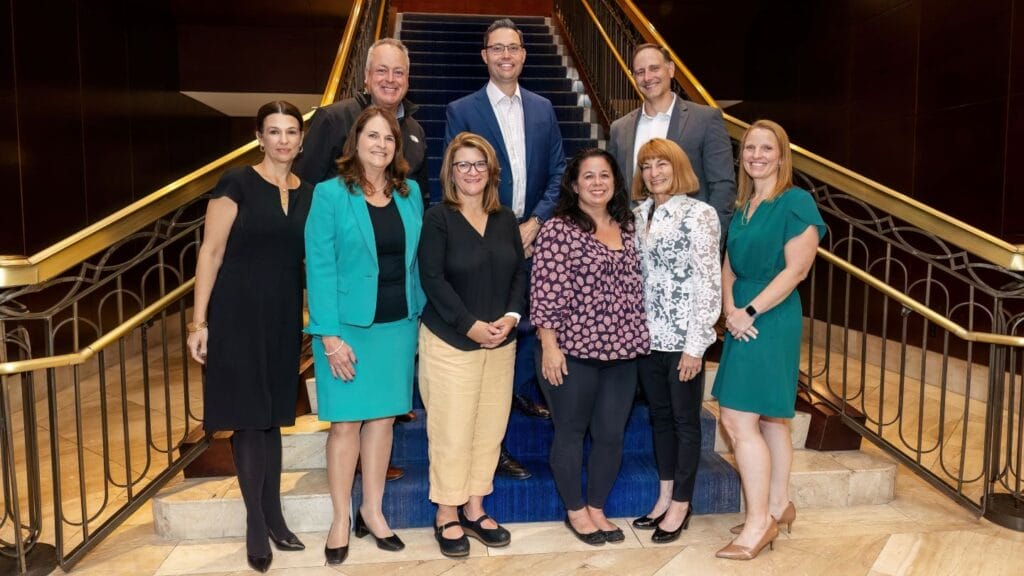
If a picture is worth a thousand words, the art on the walls of the MJHS Menorah Center for Rehabilitation and Nursing Care would easily bypass any word limit you could imagine. The artists have endured great pain in their lives but their strength and resilience is seen in every brush stroke.
“I think that therapeutic art does offer the residents the opportunity to express themselves non-verbally,” said Dr. Kendra Ray, director of the center’s dementia program. “It’s sort of a bridge to help people to express themselves verbally as well. It starts out with just paint on paper, using sculptures or making beads but it always leads to a story.”
The six artists are survivors of the Holocaust who come from all walks of life and speak a multitude of languages. With the MJHS Menorah Center being the last historically Jewish not-for-profit nursing home in Brooklyn, the facility wanted to provide the survivors an exhibit to share their stories with the world. Complete with a ribbon-cutting ceremony and even a sing-a-long or two, the event provided an outlet for many who had not had one before.
“One of the residents said that, as a little girl, she really wanted to study art but unfortunately she had to drop out of school and had to help her family,” said Ray. “And so she was so excited that as an [octogenarian], she’s finally able to create art really on a daily basis and it’s nice to see the progression of her skills improve, over time.”
Not only are the residents learning about the beauty of art, they are imparting a few lessons along the way. They are much more than survivors — they are role models.
“What we’ve really learned from the residents is that you can go through something very traumatic but still have a joyful productive life and contribute to society and the world,” said Ray. “Many of our residents were doctors and lawyers and teachers and police officers and now artists or musicians. We’ve learned from them to keep going, keep your head up, don’t give up.”




